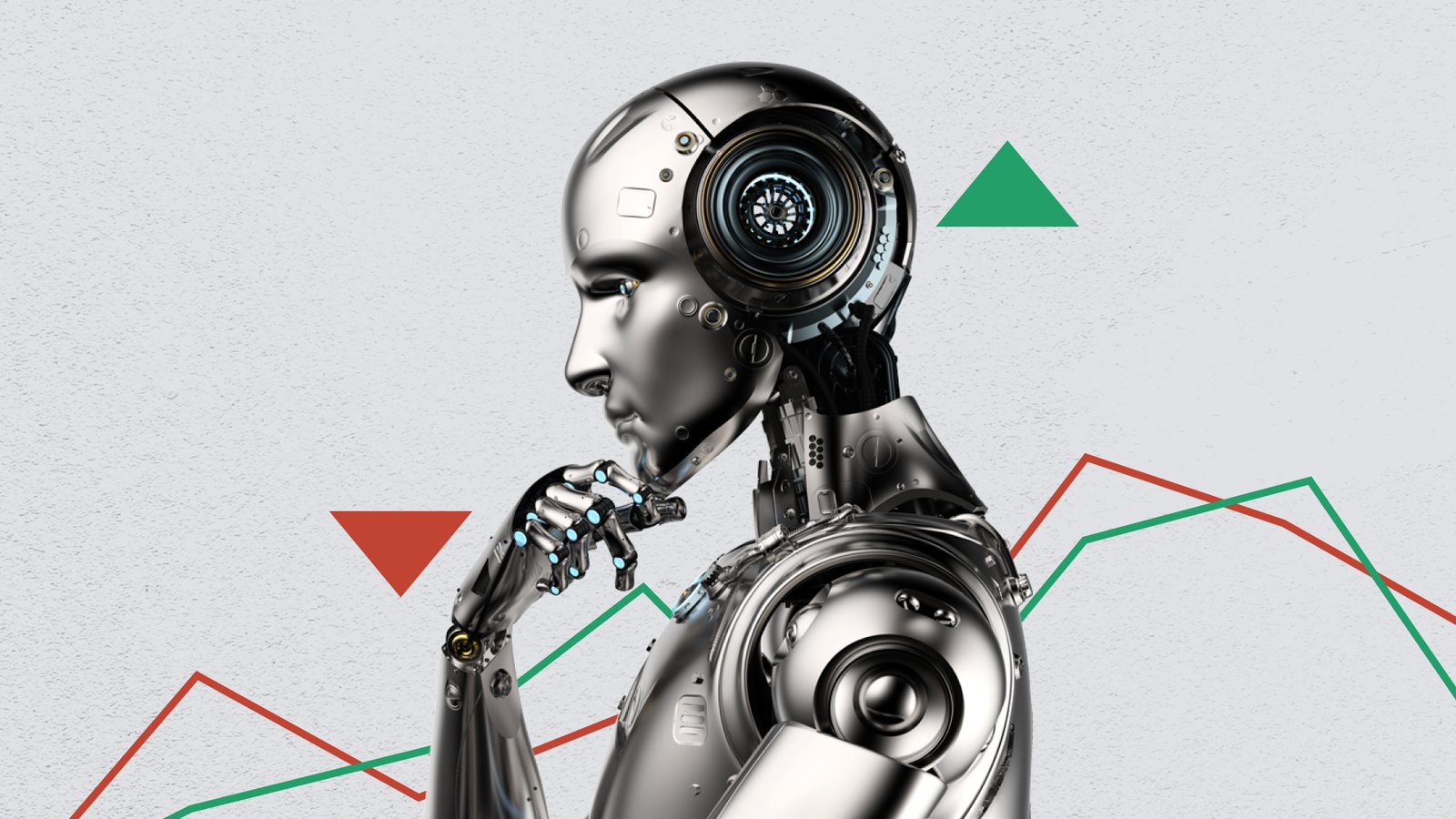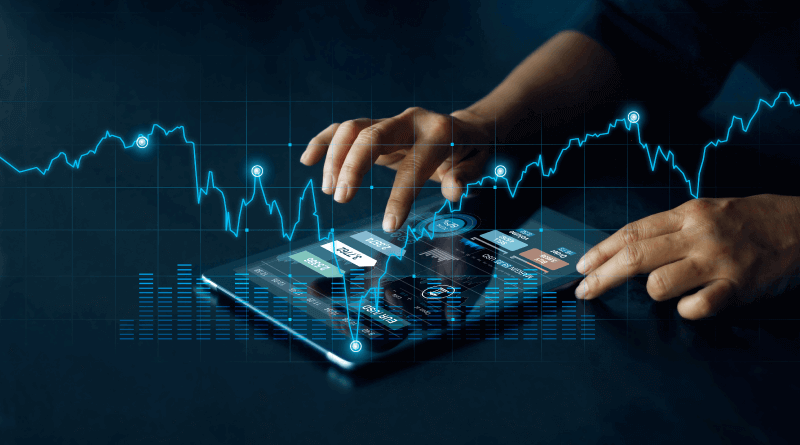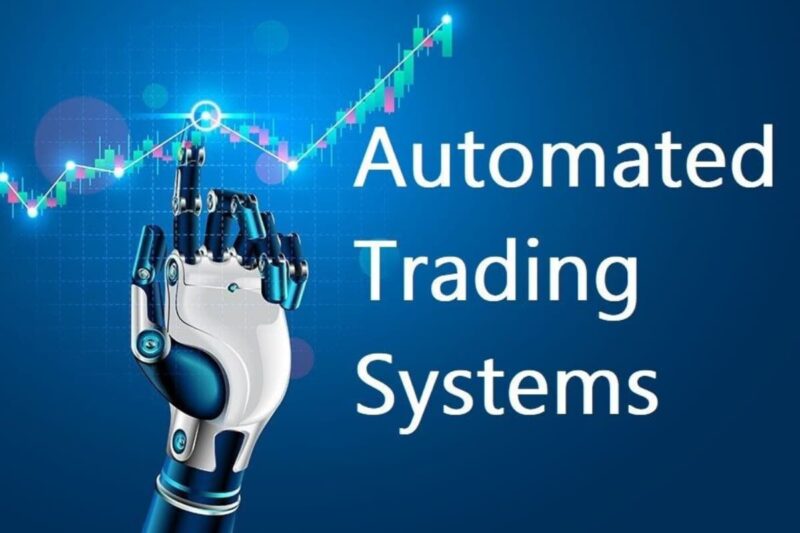In the fast-paced realm of financial markets, automated trading systems have emerged as both a beacon of efficiency and a siren call for risk. With algorithms operating at lightning speed, they promise the allure of profits while simultaneously lurking with the potential for devastating losses.
But can you really trust these machines? As traders grapple with the dual-edged sword of technology, the critical question looms: how can you safeguard your investments without falling prey to algorithmic pitfalls? Navigating this digital landscape requires more than just a leap of faith; it demands a discerning eye and a strategic approach. In this article, well explore essential tips to help you harness the power of automated trading while ensuring you dont get burned in the process.
Prepare to delve into the intricate dance between human intuition and machine precision, as we uncover what it truly means to trust the trade.
The Rise of Automated Trading: A Double-Edged Sword
 The rise of automated trading has transformed the financial landscape, introducing both unprecedented opportunities and significant risks. On one hand, algorithms and auto trading platforms can analyze vast datasets at lightning speed, uncovering patterns that elude human traders and executing trades with remarkable precision. This technological prowess has democratized access to markets, enabling individual investors to participate more actively than ever before.
The rise of automated trading has transformed the financial landscape, introducing both unprecedented opportunities and significant risks. On one hand, algorithms and auto trading platforms can analyze vast datasets at lightning speed, uncovering patterns that elude human traders and executing trades with remarkable precision. This technological prowess has democratized access to markets, enabling individual investors to participate more actively than ever before.
Yet, herein lies the double-edged sword—while trading bots and platforms can capitalize on fleeting market inefficiencies, they also amplify volatility during turbulent times. Sudden algorithmic sell-offs can trigger cascading losses, leaving unsuspecting investors in a precarious position.
As the machines continue to evolve and dominate trading floors, understanding their mechanics becomes imperative for anyone looking to navigate this intricate game without getting burned.
Benefits of Automated Trading Systems
 Automated trading systems offer a range of compelling benefits that can enhance the trading experience for both novice and seasoned investors. Firstly, these systems operate around the clock, capitalizing on market opportunities that might be missed by human traders.
Automated trading systems offer a range of compelling benefits that can enhance the trading experience for both novice and seasoned investors. Firstly, these systems operate around the clock, capitalizing on market opportunities that might be missed by human traders.
Imagine being able to execute trades in milliseconds, taking advantage of price fluctuations that occur while you sleep! Furthermore, automated trading systems eliminate emotional biases, making decisions based purely on algorithms and statistical data. This can lead to more disciplined trading strategies, as the systems adhere strictly to predefined criteria.
Additionally, they can process vast amounts of information, allowing traders to analyze patterns and trends that might be too complex for manual scrutiny. Ultimately, with the right setup, these systems can amplify efficiency, minimize human error, and pave the way toward more consistent returns.
Yet, while theres potential in automation, its crucial to navigate this terrain with care.
Conclusion
 In conclusion, while automated trading can offer significant advantages such as speed, efficiency, and the ability to operate without human emotions, it is crucial to approach it with caution. The reliance on algorithms and data-driven decision-making means that users must maintain a keen understanding of the market dynamics and the specific tools they employ.
In conclusion, while automated trading can offer significant advantages such as speed, efficiency, and the ability to operate without human emotions, it is crucial to approach it with caution. The reliance on algorithms and data-driven decision-making means that users must maintain a keen understanding of the market dynamics and the specific tools they employ.
By following the tips outlined in this article, such as conducting thorough research, diversifying investments, and continuously monitoring performance, traders can mitigate risks and make more informed choices. Ultimately, leveraging a reliable auto trading platform can enhance trading strategies, but its essential to remain vigilant and aware of the inherent risks involved in automation. Education and due diligence remain key to maximizing the potential benefits while minimizing the likelihood of getting burned by the machines.


